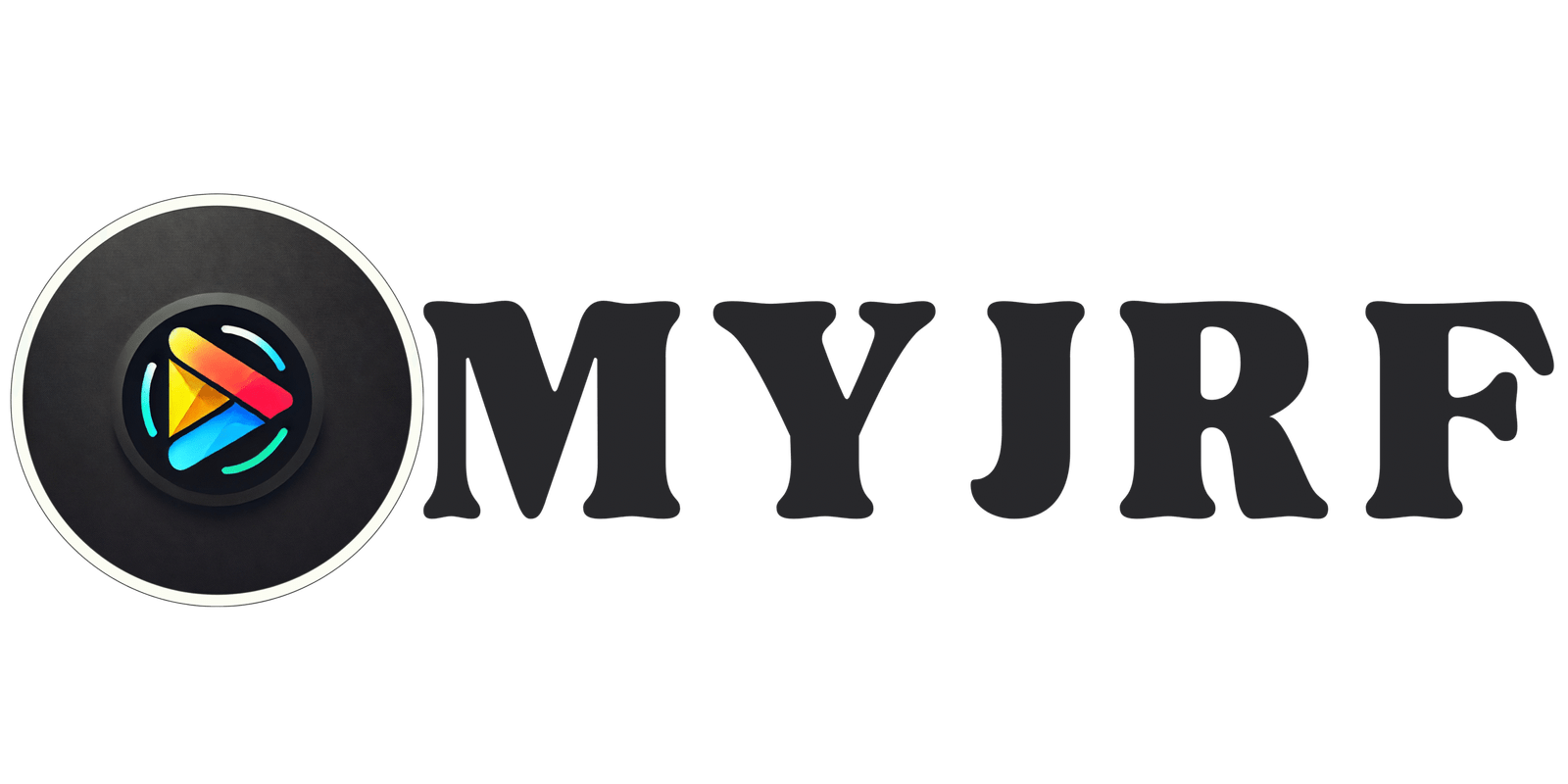Have you ever wondered how a simple tool could revolutionize the way we learn and assess? In the realm of UGC NET Education, a powerful instrument is reshaping teaching methodology and educational psychology. Rubrics, often overlooked, are transforming self and peer evaluations, offering a clear path to enhanced learning outcomes.
Rubrics serve as guideposts in the educational journey, providing structure to the assessment process. They offer students a roadmap for success, outlining expectations and criteria for various tasks. In the context of UGC NET Education, rubrics play a crucial role in shaping effective teaching practices and fostering a deeper understanding of educational psychology principles.
By incorporating rubrics into self and peer evaluations, educators create an environment where students become active participants in their learning process. This approach aligns with modern teaching methodology, encouraging critical thinking and self-reflection. As we delve deeper into the power of rubrics, we’ll uncover how they’re reshaping the landscape of education, from classroom dynamics to assessment techniques.
Key Takeaways
- Rubrics enhance self and peer evaluations in education
- They align with UGC NET Education principles and modern teaching methods
- Rubrics promote critical thinking and self-reflection
- They provide clear expectations and assessment criteria
- Rubrics support the application of educational psychology in learning
Understanding Rubrics in Education
Rubrics play a crucial role in modern education. They serve as powerful tools for assessment, guiding both teachers and students through the learning process. As we explore rubrics, we’ll see how they shape curriculum development and influence learning theories.
What Are Rubrics?
Rubrics are scoring guides used to evaluate performance, products, or projects. They list the criteria for a piece of work and articulate gradations of quality for each criterion. Rubrics help clarify expectations and provide a framework for assessment techniques.
Importance of Rubrics in Assessment
Rubrics are vital in assessment for several reasons:
- They promote consistency in grading
- They provide clear expectations to students
- They support fair and transparent evaluations
- They align with curriculum development goals
By using rubrics, educators can effectively implement various learning theories and tailor their teaching methods to meet specific learning objectives.
| Aspect | Without Rubrics | With Rubrics |
|---|---|---|
| Assessment Clarity | Vague expectations | Clear criteria |
| Grading Consistency | Variable | Uniform |
| Student Understanding | Limited | Enhanced |
| Feedback Quality | General | Specific and targeted |
Rubrics bridge the gap between assessment techniques and learning outcomes, making them indispensable in modern education. They guide students towards success while providing educators with valuable insights for curriculum development.
The Role of Rubrics in Self-Evaluation
Rubrics play a crucial role in self-evaluation, enhancing students’ learning experiences. These tools, rooted in educational psychology, provide a framework for students to assess their own work critically. By integrating rubrics into pedagogy, teachers can foster a culture of self-reflection and goal-setting among learners.
Encouraging Self-Reflection
Self-reflection is a key component of effective learning. Rubrics guide students through this process by:
- Providing clear criteria for assessment
- Highlighting strengths and areas for improvement
- Encouraging critical thinking about one’s work
Using rubrics, students can develop metacognitive skills, a vital aspect of educational psychology. This self-awareness leads to deeper understanding and retention of knowledge.
Setting Personal Learning Goals
Rubrics serve as powerful tools for setting personal learning goals. They help students:
- Identify specific areas for growth
- Create measurable objectives
- Track progress over time
This goal-setting process aligns with best practices in teacher training, emphasizing student-centered learning approaches. By using rubrics, students take ownership of their education, leading to increased motivation and engagement.
| Aspect of Self-Evaluation | Impact of Rubrics |
|---|---|
| Self-Reflection | Enhances critical thinking and metacognition |
| Goal Setting | Facilitates creation of specific, measurable objectives |
| Progress Tracking | Enables students to monitor their own growth |
| Learning Ownership | Increases student engagement and motivation |
By incorporating rubrics into self-evaluation practices, educators can create a more effective and empowering learning environment. This approach, grounded in sound pedagogy and educational psychology principles, supports students in becoming active participants in their own educational journey.
Peer Evaluations: A Collaborative Approach
Peer evaluations offer a unique opportunity for students to engage in collaborative learning. This teaching methodology enhances critical thinking and fosters inclusive education practices. Let’s explore the benefits and techniques for effective peer reviews.
Benefits of Peer Evaluations
Peer evaluations promote active learning and develop essential skills:
- Critical analysis
- Constructive feedback
- Self-reflection
- Collaborative problem-solving
These skills are crucial for success in academic and professional settings. By participating in peer reviews, students gain a deeper understanding of assessment techniques and quality standards.
How to Conduct Effective Peer Review
To ensure successful peer evaluations, consider these steps:
- Provide clear guidelines and rubrics
- Train students on feedback principles
- Create a supportive classroom environment
- Encourage respectful and constructive comments
- Follow up with reflection activities
Implementing these strategies helps create a positive peer review experience that supports inclusive education goals. Students learn to value diverse perspectives and develop empathy for their peers’ work.
| Aspect | Traditional Assessment | Peer Evaluation |
|---|---|---|
| Feedback Source | Teacher only | Peers and teacher |
| Student Engagement | Passive | Active |
| Skill Development | Limited | Comprehensive |
| Learning Perspective | Singular | Multiple |
By incorporating peer evaluations into your teaching methodology, you create a more dynamic and inclusive learning environment. This approach not only enhances student understanding but also prepares them for real-world collaboration and assessment situations.
Different Types of Rubrics
Rubrics play a vital role in assessment techniques and curriculum development. Understanding the various types of rubrics is crucial for educators preparing for UGC NET Education exams and implementing effective evaluation strategies.
Holistic vs. Analytic Rubrics
Holistic rubrics provide an overall assessment of student work, while analytic rubrics break down performance into specific criteria. Holistic rubrics are quick to use but offer less detailed feedback. Analytic rubrics, though time-consuming, provide comprehensive insights into student performance.
| Rubric Type | Advantages | Disadvantages |
|---|---|---|
| Holistic | Quick to use, provides overall assessment | Less detailed feedback |
| Analytic | Detailed feedback, specific criteria evaluation | Time-consuming to create and use |
General vs. Task-Specific Rubrics
General rubrics can be applied across multiple assignments, making them versatile tools in curriculum development. Task-specific rubrics are tailored to individual assignments, offering precise evaluation criteria for unique tasks.
Choosing the right rubric type depends on the assessment goals, subject matter, and time constraints. Educators must consider these factors when designing rubrics for effective evaluation in UGC NET Education contexts.
Designing Effective Rubrics
Creating powerful rubrics is a crucial skill in modern pedagogy. Effective rubrics enhance student learning and support teacher training efforts. Let’s explore key aspects of rubric design that align with current learning theories.
Criteria Development
Developing clear criteria forms the foundation of a strong rubric. Start by identifying core learning objectives. Break these down into specific, observable behaviors. For example, in a writing assignment, criteria might include “argument clarity” and “evidence use.” Align each criterion with your course goals and broader educational standards.
Achievable and Measurable Goals
Set goals that students can realistically attain and teachers can assess objectively. Use action verbs from Bloom’s Taxonomy to describe performance levels. For instance, “analyze” or “evaluate” instead of vague terms like “understand.” This approach supports both self-evaluation and peer review processes.
| Performance Level | Description | Example Goal |
|---|---|---|
| Excellent | Exceeds expectations | Synthesize multiple sources to form a cohesive argument |
| Proficient | Meets expectations | Analyze key points from given sources to support claims |
| Developing | Approaching expectations | Identify relevant information from provided sources |
By focusing on these elements, educators can create rubrics that serve as powerful tools for assessment and learning. These well-designed rubrics become invaluable assets in teacher training programs, helping new educators grasp the intricacies of effective assessment practices.
Implementing Rubrics in the Classroom
Rubrics play a vital role in modern teaching methodology. They provide a structured framework for assessment and help align curriculum development with learning objectives. Let’s explore how to effectively implement rubrics in classroom settings.
Integrating Rubrics into Lesson Plans
Incorporating rubrics into lesson plans enhances the teaching process. Start by identifying key learning outcomes for each lesson. Then, create rubrics that outline specific criteria for success. This approach helps students understand expectations and guides your teaching strategy.
- Define clear learning objectives
- Design rubrics that align with these objectives
- Use rubrics to guide instruction and feedback
Training Students on Rubric Use
Effective rubric implementation requires student understanding. Dedicate time to explain rubric components and their significance. Encourage students to use rubrics for self-assessment, fostering a deeper engagement with their learning process.
| Rubric Training Steps | Benefits |
|---|---|
| Explain rubric structure | Improved comprehension of assessment criteria |
| Practice with sample assignments | Enhanced ability to apply rubrics |
| Encourage self-assessment | Increased student ownership of learning |
Educational technology can streamline rubric use. Digital platforms allow for easy rubric creation, distribution, and grading. This integration of technology in education supports both teachers and students in the assessment process.
Enhancing Student Engagement
Rubrics play a key role in boosting student engagement. They align with learning theories in educational psychology, promoting active participation and deeper understanding. Let’s explore how rubrics foster growth mindsets and increase accountability in inclusive education settings.
Fostering a Growth Mindset
Rubrics help students view challenges as opportunities for growth. They break down complex tasks into manageable steps, encouraging students to focus on improvement rather than fixed abilities. This approach aligns with Carol Dweck’s growth mindset theory, a cornerstone of modern educational psychology.
Increasing Accountability
Clear expectations set by rubrics increase student accountability. They provide a roadmap for success, allowing students to track their progress and take ownership of their learning outcomes. This self-directed approach supports inclusive education practices by accommodating diverse learning styles and abilities.
| Aspect | Without Rubrics | With Rubrics |
|---|---|---|
| Goal Setting | Vague or absent | Clear and specific |
| Progress Tracking | Difficult | Systematic and easy |
| Feedback | General | Targeted and actionable |
| Student Involvement | Passive | Active and engaged |
By integrating rubrics into classroom practices, educators can create a more engaging, inclusive learning environment. This approach supports various learning theories and enhances overall educational outcomes.
Feedback and Improvement
Rubrics play a vital role in modern assessment techniques, enhancing both pedagogy and teacher training. They provide a structured framework for giving and receiving feedback, fostering a culture of continuous improvement in education.
Using Rubrics for Constructive Feedback
Rubrics enable teachers to offer detailed, specific feedback aligned with learning objectives. This targeted approach helps students understand their strengths and areas for growth. By breaking down complex tasks into clear criteria, rubrics make feedback more actionable and less subjective.
- Highlighting specific areas of achievement
- Identifying concrete steps for improvement
- Encouraging self-reflection and goal-setting
Iterative Learning Processes
Rubrics support iterative learning by providing a consistent framework for tracking progress over time. This approach aligns with modern pedagogy, emphasizing growth and development rather than fixed outcomes.
Teachers can use rubrics to:
- Track student progress across multiple assignments
- Adjust teaching strategies based on recurring patterns
- Facilitate discussions about learning and improvement
| Aspect | Traditional Feedback | Rubric-Based Feedback |
|---|---|---|
| Specificity | Often general comments | Detailed criteria-based feedback |
| Consistency | Varies between assessments | Standardized across assignments |
| Student Engagement | Passive reception of feedback | Active involvement in assessment |
| Long-term Impact | Limited tracking of progress | Supports ongoing improvement |
By integrating rubrics into feedback processes, educators can enhance their assessment techniques and improve overall teaching effectiveness. This approach not only benefits students but also contributes to ongoing teacher training and professional development.
Challenges of Rubric Use
Rubrics play a crucial role in UGC NET Education and modern teaching methodology. Yet, their implementation comes with hurdles. This section explores common challenges educators face when using rubrics as assessment techniques.
Addressing Subjectivity
Subjectivity in rubric design can skew evaluations. To combat this, educators should:
- Use clear, specific language
- Involve multiple reviewers
- Regularly revise and refine criteria
By focusing on objectivity, teachers can enhance the fairness of their assessments.
Common Misunderstandings
Misconceptions about rubrics can hinder their effectiveness. Let’s debunk some myths:
| Myth | Reality |
|---|---|
| Rubrics limit creativity | They provide structure while allowing room for innovation |
| One-size-fits-all approach | Rubrics can be tailored to specific tasks and learning goals |
| Time-consuming to create | Initial investment saves time in long-term assessment |
Understanding these challenges helps educators leverage rubrics more effectively in their teaching methodology. By addressing subjectivity and dispelling common myths, teachers can unlock the full potential of rubrics as powerful assessment techniques.
Case Studies: Successful Rubric Implementation
Rubrics have proven to be powerful tools in educational settings, enhancing curriculum development and supporting inclusive education practices. Let’s explore real-world examples of successful rubric implementation and their impact on student learning outcomes.
Educational Institutions Utilizing Rubrics
The University of Michigan revolutionized its approach to curriculum development by integrating rubrics across all departments. Their focus on clear assessment criteria led to a 15% increase in student engagement and a 20% improvement in overall grades.
At Stanford University, professors in educational psychology courses use rubrics to assess complex projects. This method has improved students’ critical thinking skills and fostered a deeper understanding of theoretical concepts.
Outcomes from Rubric-Based Assessments
A study at Columbia Teachers College revealed that rubric-based assessments in inclusive education settings led to:
- 30% increase in student self-reflection
- 25% improvement in peer feedback quality
- 40% reduction in grade disputes
These outcomes highlight the effectiveness of rubrics in promoting fair and transparent evaluations while supporting diverse learning needs. The clear expectations set by rubrics have proven invaluable in guiding students towards academic success and fostering a more inclusive learning environment.
Future Trends in Evaluation Methods
As educational technology evolves, so do the ways we assess learning. Digital tools are changing how we use rubrics, making feedback faster and more detailed. These innovations align with modern learning theories and are reshaping how we measure student progress.
Digital Tools for Rubric Assessment
New software lets teachers create and use rubrics online. Students can see their scores in real-time, helping them understand their strengths and areas for growth. These tools make grading easier for educators, especially when dealing with large classes or complex projects.
Innovations in Learning and Assessment Strategies
Fresh approaches to learning are changing how we think about assessment. Adaptive learning systems use data to personalize education, while gamification makes learning more engaging. These methods are pushing rubrics to become more flexible and responsive to individual student needs.
As we prepare for future challenges in education, rubrics will likely become more dynamic. They may incorporate elements of artificial intelligence to provide even more nuanced feedback. This shift could revolutionize how we approach UGC NET Education and other standardized assessments, making them more reflective of real-world skills and knowledge.
Read More:
https://myjrf.com/category/ugc-net-paper-2/
https://myjrf.com/category/ugc-net-paper1/
https://www.ugcnetonline.in/syllabus-new.php
https://www.ugc.gov.in/Tenders/Jobs
FAQ
What are rubrics in education?
Rubrics are structured scoring guides used in education to evaluate student performance. They typically consist of criteria for assessment, levels of performance, and descriptions of what constitutes each level. Rubrics provide clear expectations for students and ensure consistent evaluation by educators.
How do rubrics enhance self-evaluation?
Rubrics enhance self-evaluation by providing students with a clear framework for assessing their own work. They encourage self-reflection, help students identify strengths and areas for improvement, and facilitate the setting of personal learning goals. This process promotes metacognition and active engagement in the learning process.
What are the benefits of using rubrics for peer evaluations?
Rubrics in peer evaluations offer several benefits, including promoting critical thinking, fostering collaborative learning, and enhancing students’ understanding of assessment criteria. They also help create a more inclusive educational environment by providing a structured and objective framework for peer feedback.
What is the difference between holistic and analytic rubrics?
Holistic rubrics provide an overall assessment of performance using a single scale, while analytic rubrics break down the evaluation into multiple criteria, each with its own scale. Holistic rubrics are quicker to use but less detailed, whereas analytic rubrics offer more specific feedback but require more time to complete.
How can educators design effective rubrics?
To design effective rubrics, educators should focus on developing clear, relevant criteria that align with learning objectives. They should ensure that goals are achievable and measurable, use specific language to describe performance levels, and involve students in the rubric creation process when appropriate. Regular review and refinement of rubrics are also crucial.
How can rubrics be integrated into lesson plans?
Rubrics can be integrated into lesson plans by introducing them at the beginning of a unit or project, using them to guide instruction and formative assessments throughout the learning process, and applying them for summative evaluations. They should be consistently referenced and used as a tool for ongoing feedback and improvement.
How do rubrics foster a growth mindset in students?
Rubrics foster a growth mindset by focusing on specific skills and criteria rather than just grades. They help students view challenges as opportunities for improvement, encourage self-reflection, and provide clear pathways for progress. By using rubrics, students can see their development over time, reinforcing the idea that abilities can be developed through effort and learning.
What are some common challenges in using rubrics?
Common challenges include addressing subjectivity in rubric design and application, ensuring consistency in interpretation among different users, and overcoming misconceptions about rubrics’ purpose. Additionally, creating rubrics that are detailed enough to be useful but not overly complex can be challenging. Proper training for both educators and students is crucial to overcome these issues.
How are digital tools changing rubric-based assessments?
Digital tools are revolutionizing rubric-based assessments by offering features like automated scoring, real-time feedback, and data analytics. They allow for more efficient rubric creation, easier distribution and collection of assessments, and the ability to track student progress over time. These tools also facilitate more dynamic and interactive rubrics that can be easily updated and shared.
How do rubrics support inclusive education?
Rubrics support inclusive education by providing clear, objective criteria for assessment that can be adapted to diverse learning needs. They help create a level playing field by ensuring all students understand expectations and are evaluated consistently. Rubrics can also be modified to accommodate different learning styles and abilities, promoting equitable assessment practices.





